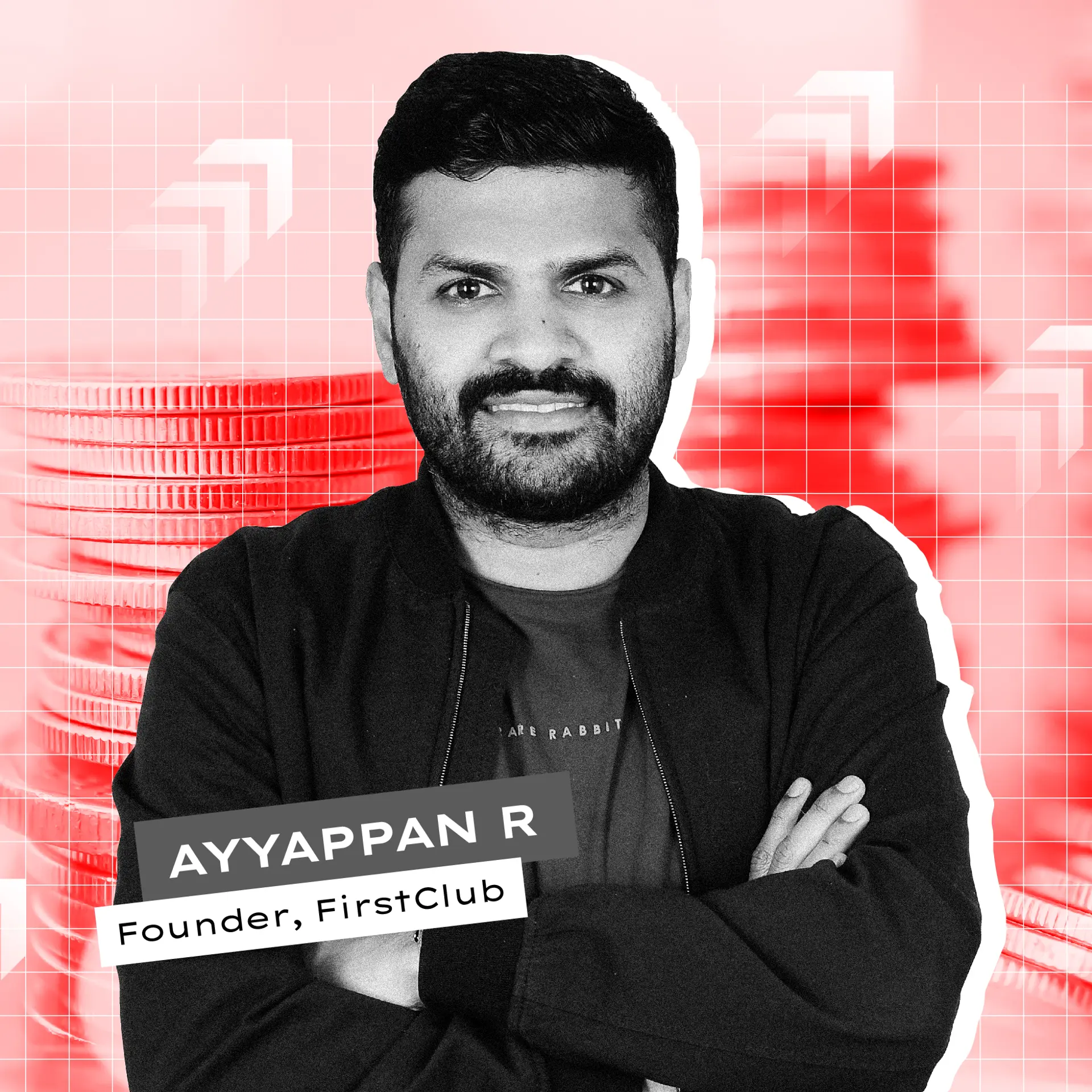From 15 to 500+ clients in 18 months: Tracking Zaakpay's growth

Zaakpay is an NCR based company in the business of making online payments easier in India. The company was founded by Upasana Taku back in 2011 and has been venture backed by Sequoia Capital. Building on the product, the payment gateway was launched in April 2012 with 5 customers and has grown since then to have more than 500 customers.
Zaakpay’s first product was Webpay that provides an intelligent payment processing solution for businesses to accept credit cards, debit cards and net banking payments online. And their second product Mpay launched in April 2013. Mpay is a complete payment solution for Mobile First businesses in India. Mpay offers In-Application payments, where transactions are completed in APP itself (a user does not need to open a browser). Here, we get in a conversation with Upasana Taku to learn more about their growth:
YS: Who are some of your marquee clients and tell us a bit about Mpay.
UT: Starting with just 5 customers in April 2012, Zaakpay currently has 500 clients, including JabongWorld, HomeShop18, Hungama, Yepme, Shopnineteen, Exotel, IIMjobs, E2ENetworks, MtsiAdvertising, AmericanSwan, Ansals, etc.
Mpay is India’s only In-APP payment solution, available for Android and iPhone apps. Mpay also includes a mobile web (browser-based) payment solution, which works on all popular mobile browsers. Mpay has processed mobile payments worth Rs 70 crores since launch.
We also provide features such as collect card data on merchant website, email invoicing, international multi-currency payments and recurring billing payments.
YS: You've been tackling the payments space for quite some while now. How has the experience been?
UT: Payments is a tough business to build globally, even more so in India! One has to figure out many moving parts – (what the end user wants) the user’s payment experience, (what our customer - the merchant wants) the merchant’s experience with our platform/people, (what banks want) banks’ requirements from our operations team, what the regulators want (how our product works; how our backend operations work), etc. Key learnings for us have been – understand compliance, innovate on the product and provide the highest quality of service to customers.
YS: How has the pricing evolved?
UT: In the market, we see some players going for pricing based customer acquisition. This is a race to the bottom of the well. We are not in this business to become the low cost leader. We believe quality product and quality service cannot be provided at the lowest cost. Websites that need lowest cost payment processing to meet their business goals may opt for it in the short term. Eventually businesses realize that they are losing revenue due to the poor payment product they are using and start looking for quality. We are happy to service them once they have understood that good product does not come at dirt cheap prices.
Our pricing models are straight forward – we charge a percentage fee on every transaction. The fee charged to every website depends on the website’s product category, its risk level and transaction scale.
YS: There are multiple players in the field who've been trying to solve this massive problem of online payments in India. What are your views on the competition landscape? (PayU, CitrusPay, Juspay, etc.)
UT: Despite the mushrooming growth of e-commerce transactions in the country, sluggish payment gateways have been one of the biggest deterrents. Until 2012, besides banks there were just 2-3 third party payment companies ruling this segment. Almost all of them had either high sign-up costs, or long sign-up processes or inferior technology, or all.
Most of our new age competitors are busy playing pricing wars. It seems no one is focusing on improving the user experience or the merchant experience or the payment technology. We are a product startup and our focus is on improving the payment experience for the Indian user. We are banking in a big way on Mobile payments. Since the last 10 months, our product development and merchant acquisition efforts have focused solely on Mobile In-Application Payments for Android and iOS. We believe we are the leading payment gateway for mobile payment processing in India.
YS: How big is the team and how have you built it?
UT: We are 19 people now across 3 teams - Merchant Acquisition, Product Development & Merchant Operations. The average age in our team is 25 – our strength is our highly enthusiastic and curious employees. Everyone takes their contribution to the company very seriously and is constantly learning and innovating. We had a very hard time hiring initially in 2012 but now we have figured out the core DNA to look for while interviewing candidates. We find that attitude, basic smarts and ability to adapt are more important than degrees and pedigree.
YS: What's on the roadmap?
UT: We are working towards making Mobile Commerce a reality in India. More Indians will transact on the mobile in the coming years than they do on computers. Mobile Internet is becoming the Internet. Internet users in India will experience the Internet for the first time on their mobile phone. (According to reports, mobile Internet traffic surpassed desktop Internet usage in May 2010.)
With the advent of cheap smartphones, especially Android, millions of Indians have sufficient power in their hands to make payments instantly using 2G/3G data networks. We are creating specific solutions for Mobile Websites and Mobile Apps to enable merchants to collect payments from Mobile users in a simple and secure manner.
Many questions about mobility including payments will be discussed at this year's edition of MobiSparks, be there!







